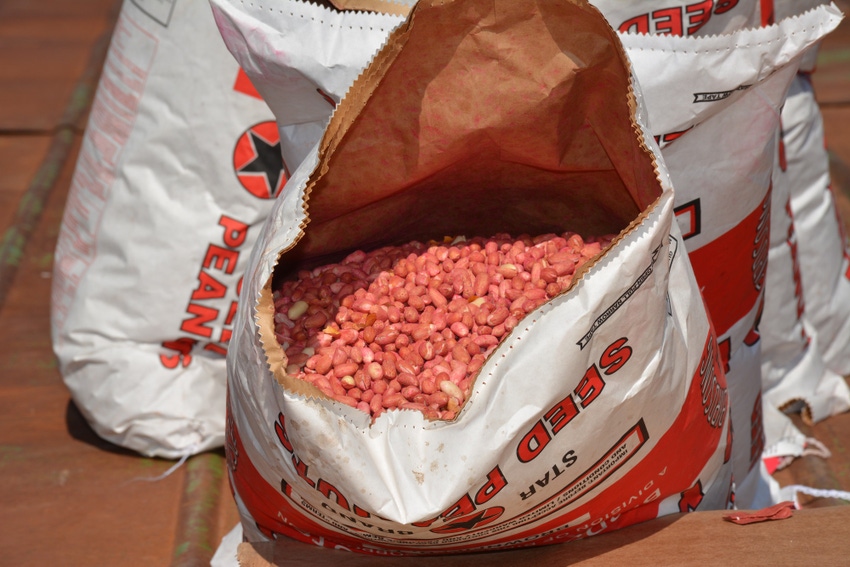
July was a good month to gather information about peanuts. And Farm Press editors were on hand at key conferences to collect the latest on markets, production, new products and crop updates. Check the Southeast Farm Press peanut link to see the latest news affecting Southwest growers.
You might also be interested in these stories from our sister publication, Southeast Farm Press, which include coverage of the annual American Peanut Research and Education Society (APRES) and the Southern Peanut Growers Conference.
The article and gallery on Rickey Bearden, the 2016 Southwest Peanut Efficiency Award winner, offers some insight into production efficiency.
Marketing straight to the consumer is new approach for peanut industry
Peanuts are well known for their excellent flavor—salted, roasted, boiled or peanut butter. They are also recognized as a “heart-healthy” food with plenty of nutritional benefits.
But recent studies also show peanuts to be an excellent sustainability option for consumers who are concerned about the environmental footprint crops leave on the planet. The peanut’s “footprint” is small compared with some competitive nuts and proteins, says Marshall Lamb, research lead, USDA National Peanut Laboratory, Dawson, Ga.
Southeast Farm Press Editor Brad Haire had an opportunity to chat with Lamb during the recent Southern Peanut Growers Conference in Miramar Beach, Fla.
Boots on the ground critical for identifying and controlling insect pests in peanuts
It’s better to know. Making pest treatment decisions by guesswork puts too much at risk for peanut farmers. With good growing conditions, fields are attractive to insect pests, says Mark Abney, University of Georgia Extension peanut entomologist.
Abney spoke to Southeast Farm Press editor Brad Haire at the recent southern Peanut Growers Conference in Miramar Beach, Fla., and said “boots on the ground,” is the best insect management tool farmers have. Scouting pays off, he says.
Adequate rotation interval critical factor in peanut yields
Water may be the most limiting factor peanut farmers face in reaching lofty yield goals, but rotation interval also makes an important contribution, according to research conducted in Georgia.
Marshall Lamb, research leader at the USDA National Peanut Lab in Dawson, Ga., discussed the role of irrigation and rotation at the annual American Peanut Research and Education Society (APRES) held recently in Clearwater, Fla.
Irrigation significantly improves peanut yields in all rotation systems, while the length of rotations also influences yield, according to research conducted in Georgia. Lamb presented recent findings that show no statistical difference in peanut yield when either corn or cotton was the prior crop to peanuts. But the research shows the length of rotation did make a difference.
Leading peanut experts gather for APRES meeting
It's always the A-List of folks in the peanut industry--top reseach scientists, industry representatives, and educators--who gather for the annual American Peanut Research and Education Society (APRES) annual meeting, held in July in Clearwater, Fla.
Here are some of the peanut industry luminaries who attended.
Invasive species scourge will get worse in cropland
Just when you think it’s safe to go back into the peanut field, up pops another pest to challenge farmers and consultants with resistance to pesticides or is just more difficult to manage than the usual suspects.
Some forward thinking is required, according to a University of Georgia plant pathology professor. Tim Brenneman, in an address to the annual meeting of the American Peanut Research and Education Society APRES) in Clearwater, Fla., said Land Grant Universities have a strong role to play in preparing for whatever comes next. “We need strong research and Extension programs in place to identify and address potential new risks as they arrive.”
About the Author(s)
You May Also Like






